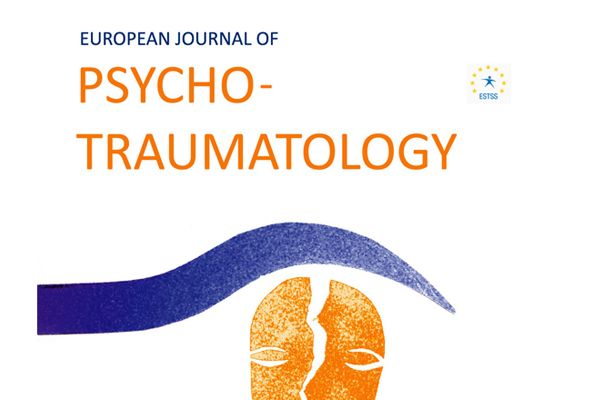24 september 2021
European Journal of Psychotraumatology
Suzy J.M.A. Matthijssen, Thomas Brouwers, Celeste van Roozendaal, Tessa Vuister & Ad de Jongh
https://doi.org/10.1080/20008198.2021.1956793
Abstract
Background: Eye movement desensitization and reprocessing (EMDR) therapy is a treatment meant to reduce vividness and emotionality of distressing memories. There is accumulating evidence that working memory taxation is the core of the working mechanism of EMDR therapy and that EMDR derives its effect by taxing the working memory (WM) with a dual task while actively keeping a disturbing memory in mind. From a theoretical stance, based upon assumptions derived from the WM theory, the effectiveness of EMDR therapy could be improved by several adaptations.
Objectives: To test the assumption that integrating these elements into the standard EMDR protocol would enhance EMDR therapy, this adapted version of EMDR (i.e. EMDR 2.0), was compared to standard EMDR in a laboratory setting. It was hypothesized that EMDR 2.0 would be more efficacious than standard EMDR, and show a greater decrease in emotionality and vividness than standard EMDR therapy. Our second hypothesis was that EMDR 2.0 would be more efficient than standard EMDR in that this variant needs less session time and a smaller number of sets (i.e. approximately 30 seconds of WM taxation).
Method: Non-clinical participants (N = 62, 79% female, mean age = 35.21) with a disturbing autobiographical memory were randomly allocated to receive either EMDR or EMDR 2.0. Emotionality and vividness of the memory were measured pre- and post-intervention, and at 1- and 4-week follow-up.
Results: The results showed no difference between EMDR and EMDR 2.0 in decreasing emotionality and vividness, and no difference in session time. However, participants in the EMDR 2.0 condition needed fewer sets than those in the standard EMDR condition.
Conclusion: The notion that EMDR 2.0 is more efficient is partially supported by the results showing participants needed less sets than in standard EMDR to reach the same results. Future research with clinical samples is warranted.

Het European Journal of Psychotraumatology (EJPT) is een peer-reviewed, interdisciplinair wetenschappelijk tijdschrift dat deel uitmaakt van de European Society for Traumatic Stress Studies (ESTSS).
Het EJPT heeft als doel om wetenschappers, behandelaren en experts te betrekken bij de belangrijkste vraagstukken rond stress en trauma, waaronder individuele gebeurtenissen, herhaalde of chronische trauma's, grootschalige rampen en geweld.

